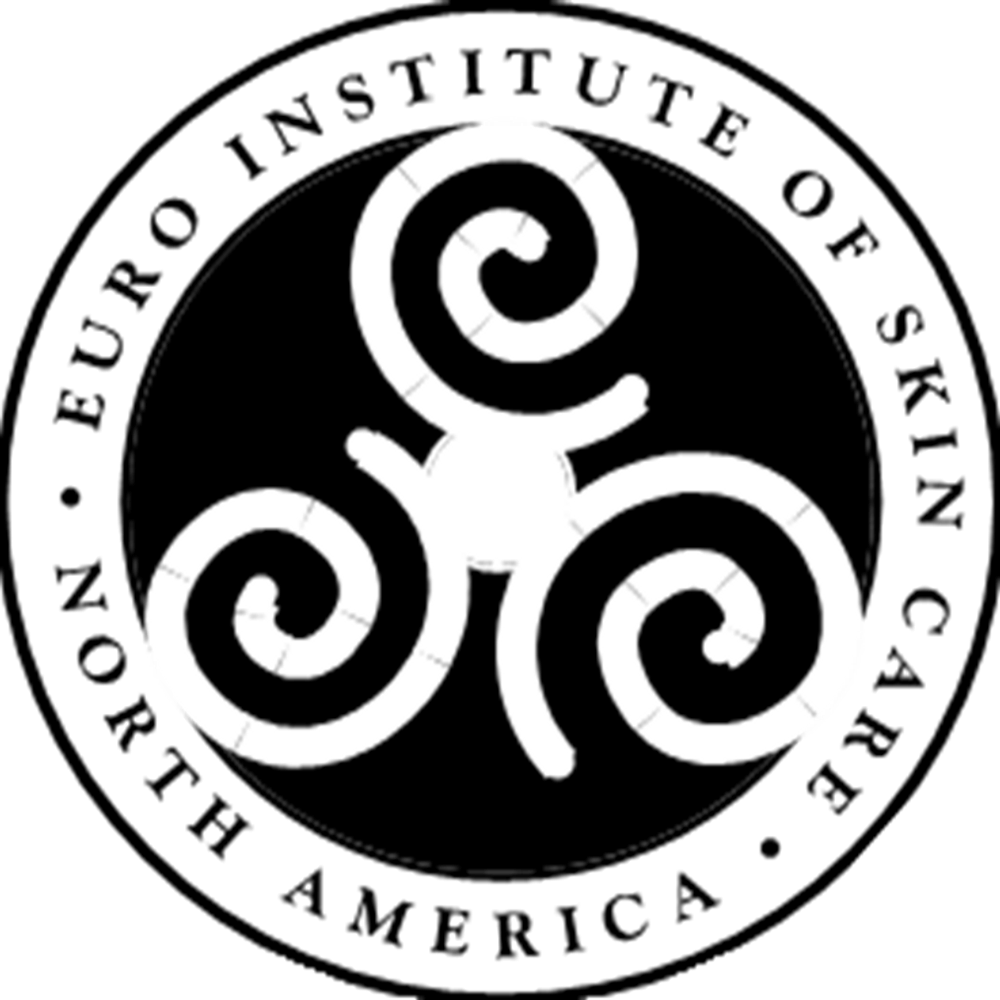7 Best & Worst Skincare Ingredients
- The Euro Institute of Skin Care

- Dec 9, 2020
- 4 min read

The cosmetics, lotions, shampoos, and other products you apply to your skin can be as beneficial or as harmful as anything you put inside your body. It’s up to you to know what’s safe and what’s not – skincare companies are not required to even include an ingredient list on their products, much less warn you about them.
We’re continually exposed to potentially unsafe chemicals in our products and environment - plastics, pesticides, car exhaust, and more we can’t control. Choosing safer cosmetic and skincare products is something we can control, and can have a big impact on our health. Step 1 is always READ the label. Many of the claims on the skincare products we buy are just that, claims. Claims which aren’t regulated by the FDA or other agencies.
What’s your best bet? Understand your ingredient label – it never lies!
Listed are the Euro’s top 7 ingredients to avoid followed by 7 of our must haves you’ll want to add to your skincare arsenal.
Top 7 Ingredients to Avoid in Makeup and Skincare Products
1. Parabens: Parabens are preservatives found in everything from lotion to soap to makeup. If it has water in it, it perhaps has a paraben to keep it from increasing bacteria. Parabens are well-known endocrine disruptors, meaning they mimic estrogen in the body and can lead to hormonal imbalances, and possibly even breast cancer. For example, a current study found concentrations of parabens, specifically methylparaben, in human breast tumors. Another study found 99% of all cancerous breast tumors confined parabens.
2. Artificial Fragrance/Perfume: Almost every single skincare and cosmetic product (even “unscented” ones) has artificial fragrances. Manufacturers aren’t required to expose what’s actually in their fragrances, so you’ll simply see Perfume or Fragrance on the ingredients list when it could be a cocktail of carcinogens, allergens, endocrine disruptors, and irritants.
3. Sodium Lauryl Sulfate and Sodium Laureth Sulfate: SLS/SLES are foaming agents used in a slew of personal care products, including cosmetics and skincare, shampoo, and toothpaste. They are surfactants that can cause skin trigger, irritation or allergies.
4. Phthalates: Phthalates are used in cosmetics primarily in perfumes, and can also be found in other personal care products, such as nail polish and hair spray. Examples include: DBP, DEHP, DEP, and others. Like parabens, phthalates are endocrine disruptors and can cause reproductive and hormonal problems and birth defects.
5. Polyethylene Glycol (PEG): Polyethylene Glycol (PEG) is used is many kinds of cosmetics as a thickener, especially in lotions, shampoo, and sunscreen. PEG is often contaminated with both ethylene oxide (a known carcinogen) and 1, 4-Dioxane (which causes lung problems and is banned in Canada).
6. Oxybenzone: Oxybenzone is a famous endocrine disruptor and can alter thyroid function. It’s also linked to skin allergies. You should avoid Chemical sunscreens at all costs—especially with children. Oxybenzone can also be found in lip balm and moisturizers, and makeup.
7. Petroleum distillates: Petroleum-extracted skincare and cosmetics ingredients may cause contact dermatitis and are often contaminated with cancer-causing impurities. They are produced in oil factories at the same time as automobile fuel, heating oil and chemical feedstocks.
7 Ingredients We Highly Recommend
1. Alpha-hydroxy acids (AHAs): (Glycagel 15%, AHA/BHA Cleanser) Creams and lotions with alpha-hydroxy acids may help with irregular pigmentation, fine lines, and age spots, and may help shrink enlarged pores. To allow your skin to get used to alpha-hydroxy acids, you should only firstly apply the skincare product every other day, gradually working up to daily application.
2. Beta-hydroxy acid (salicylic acid): (AHA/BHA Cleanser, Blemish Control Roll On) Salicylic acid eliminates dead skin and can improve the texture and color of sun-damaged skin. It penetrates oil-laden hair follicle openings and, as a result, also benefits with acne. There are many skin care products available that have salicylic acid.
3. Kojic Acid: (Botanicals Lightening Serum) Kojic acid is also is a therapy for the treatment of pigment problems and age spots. Kojic acid works alike to hydroquinone. Recent studies have shown that it is effective as a lightening agent, slowing production of melanin (brown pigment).
4. Retinol: (Vitamin A Serum & Crème) This is derived from vitamin A and is found in many over-the-counter “anti-aging” skin care products. Retinol is proven to improve mottled pigmentation, wrinkles and fine lines, skin texture, skin tone and color, and your skin's hydration levels. Retinyl palmitate is another ingredient linked to retinol but is less potent.
5. L-Ascorbic Acid: (Vitamin C Serum & Crème) L-Ascorbic Acid is the only form of vitamin C that you should look for in your skincare products. With age and sun exposure, collagen synthesis in the skin drops, leading to wrinkles. Vitamin C is the only antioxidant proven to stimulate the synthesis of collagen, reducing fine lines, scars, and wrinkles.
6. Hyaluronic Acid: (Hyaluronic Acid Serum) Hyaluronic acid is often touted for its capability to "reverse" or stop aging. Hyaluronic acid is a component of the body's connective tissues and is known to cushion and oil. As you age, however, the forces of nature finish hyaluronic acid. Smoking and Diet can also affect your body's level of hyaluronic acid over time. Skin care products with hyaluronic acid are most often used to treat wrinkled skin.
7. Alpha-Lipoic Acid: (Euro Botanicals Moisturizers) Alpha-Lipoic Acid is a newer, ultra-potent antioxidant that helps fight future skin damage and helps repair past damage. Alpha-lipoic acid has been stated to as a "universal antioxidant" because it's soluble in both water and oil, which permits its entrance to all parts of the cell. Alpha-lipoic acid reduces fine lines, gives skin a healthy glow, and boosts levels of other antioxidants, such as vitamin C.







Comments